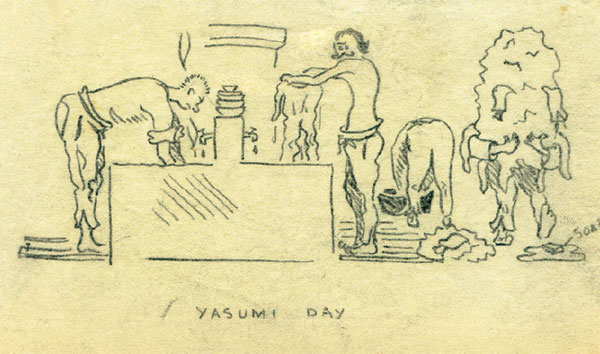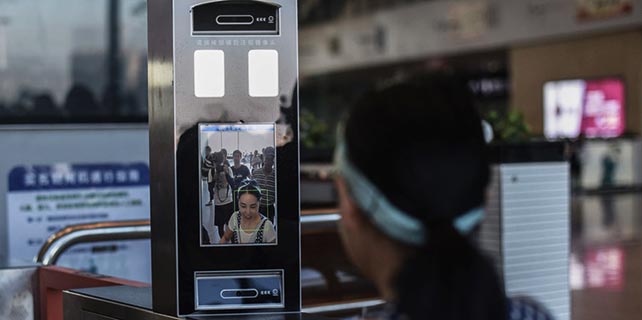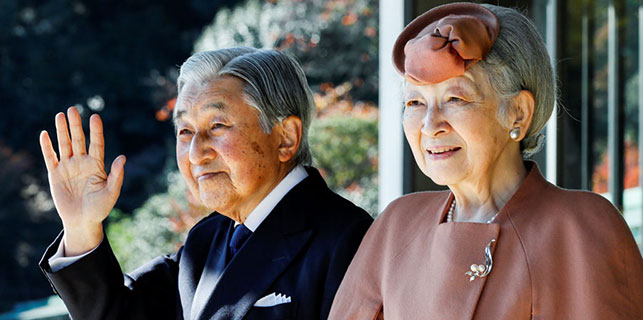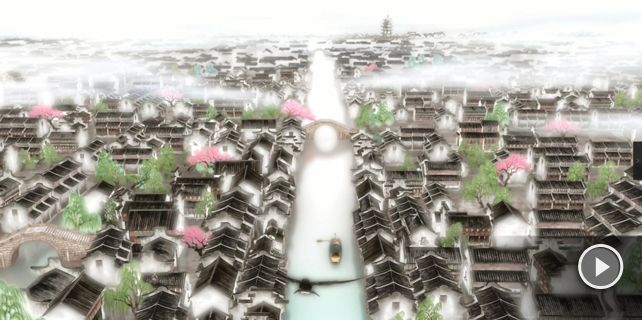Forgotten camp remembered at last
 |
|
POWs normally get to rest once every two to three weeks, but they have to do some cleaning even on the days they have a break. |
Despite the harrowing times, there were still moments of humor. Two POWs, who worked in the factory's drafting department, got their hands on paper and made comical drawings to entertain their friends. Another officer who came to the camp later drew scenes from each of the camps in which he'd been held.
Photos of the drawings, such as training fleas to stand at attention and do thorough cleanup on their days off, are featured in the exhibition, which runs through Dec 5.
Even while working at the Japanese factory, the POWs never stopped "fighting" and assisting China's War of Resistance Against Japanese Aggression, by sabotaging production at the factory, said Gao.
They threw tools into poured concrete, set machines "off level", which made the finished products "out of tolerance" and put sand into the oil of machinery with moving parts, which made the machines break down quickly, according to the Mukden POW Remembrance Society.
Many POWs made friends with fellow Chinese workers. They gave items stolen from the factory to Chinese friends, who in turn sold the items on the black market and got what the POWs needed. It was dangerous, because discovery would lead to severe punishment and often death for the Chinese involved.
Photos at the exhibition show some POW veterans returning to Shenyang years later to reconnect with their old Chinese friends.
Some Chinese received awards from the US government for helping the POWs, yet others had passed away before the awards were given, said Gao.
Researchers and scholars have been calling for more study to be done on the site since it was discovered in 2003.
It became a major historical and cultural landmark, protected at the national level in 2012 and the museum was opened to the public in 2013.
"This is the only museum in China that involves more than 10 countries. However, the research has been based on oral history.
"We need access to more historical materials to better understand this history, which went unremembered for half a century," said Gao.
liazhu@chinadailyusa.com
















